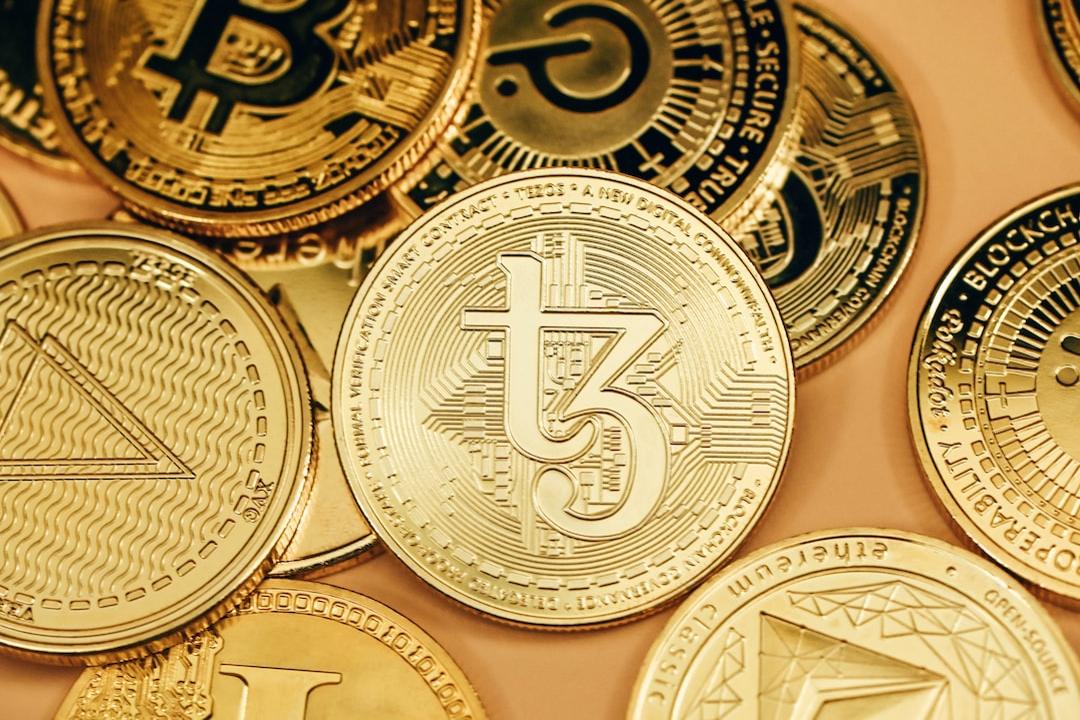Intel Plans Major Layoffs, Cutting Over 20% of Workforce
Bloomberg reports, citing informed sources, that chip giant Intel Corp. is preparing to announce a large-scale layoff plan this week, expected to cut more than 20% of its workforce, while the consumer market is also experiencing rare significant movements.
Background Context
Intel is undergoing a significant organizational restructuring plan. According to Bloomberg, it is expected to officially announce layoffs affecting more than one-fifth of its employees this week. This large-scale layoff is the first major restructuring measure pushed by the new CEO Lip-Bu Tan since taking office. Recently, the consumer market has also witnessed new promotions and consumer-friendly policies, indicating that Intel is making bold reforms.
Appointed in March this year, CEO Lip-Bu Tan is a veteran in the semiconductor design automation tools industry, with extensive experience at Cadence Design Systems Inc. He succeeded Pat Gelsinger, who was dismissed last year, at a time when Intel faced serious market concerns. Once a leader in chip technology, Intel has gradually fallen behind in recent years, particularly in the processor sector where it lags behind AMD, and in the rapidly growing artificial intelligence (AI) computing field, where competitors like Nvidia have surpassed it, resulting in a decline in sales for three consecutive years and financial losses.
Last year, Intel had already announced a round of layoffs affecting approximately 15,000 employees. By the end of 2024, Intel’s total workforce is expected to be 108,900, down from 124,800 the previous year. Based on this number, a 20% reduction would mean over 21,000 employees are affected. Intel representatives declined to comment on this news.
Consumer Market Policy Changes: Excess Inventory of 15th Generation CPUs
Intel faced disasters last year with 14 processors experiencing oxidation and unusability, tarnishing its reputation for quality, stability, and customer support. The introduction of the 15th generation Ultra 200S series marked the first instance of “performance regression,” leading consumers to abandon Intel in favor of AMD processors.
In the fiercely competitive German computer parts market, AMD even achieved a 92% market share in January and February. Although revenue from the consumer market does not constitute a large proportion of Intel’s total revenue, the deepening impression of “Intel’s decline” among average consumers has significantly impacted investor confidence in the company.
In Taiwan, rare discounts on the Intel 15th generation Ultra 200S have emerged, attempting to regain consumer confidence. Recently, Intel introduced an “overclocking warranty policy,” allowing users to enable the “200S Boost” overclocking profile provided by Intel, through specific BIOS settings on Z890 motherboards, while still enjoying Intel’s 3-year limited warranty.
According to retail sources, the blue chip maker’s recent low-profile stance towards retail and consumers is unprecedented in the past fifteen years. However, industry insiders believe that amid limited market choices, consumers may still find it difficult to be swayed by Intel’s “small reforms.”
Growing Pains: TSMC Refuses Collaboration with Intel
To restore its former glory, Intel must not only enhance its competitiveness in processors and AI but also focus on semiconductor manufacturing processes, which may be more critical. Former CEO Gelsinger attempted to implement an ambitious transformation plan, including costly factory expansions (such as the Ohio plant, originally intended to become the world’s largest chip production center) and sought to turn Intel into a foundry, aiming to become the second-largest foundry after TSMC. However, this ambition may have increased the company’s financial burden, and Intel has since delayed most of its expansion plans.
Moreover, Intel originally hoped for funding support from the U.S. Chips and Science Act of 2022, but the program is currently in a state of uncertainty under the Trump administration. Additionally, the recently heightened market focus on potential manufacturing collaboration with TSMC seems to be diminishing, as TSMC CEO C. C. Wei has recently stated that the company will focus on its own business and has no plans to collaborate on a subsidiary. This raises significant uncertainty about Intel’s continued importance in the U.S. semiconductor strategy.
Intel is scheduled to announce its first-quarter financial results on Thursday, April 25, when new CEO Lip-Bu Tan is expected to provide investors with a more detailed reform strategy, marking his first significant test.
Related Readings
TSMC’s earnings call refutes “collaboration with Intel”; Wei: Technology will never be leaked, and there are no plans for joint ventures.



